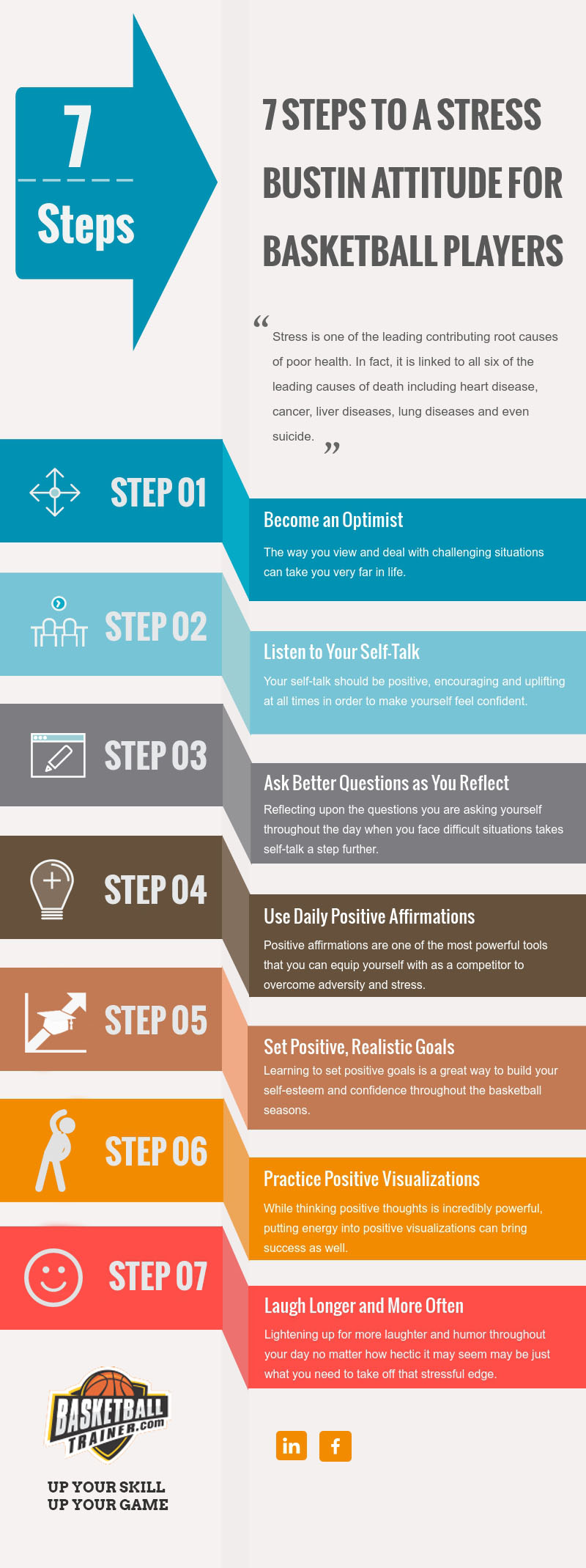
Basketball Mouthguards are an essential piece of equipment for any basketball player. They help to protect your teeth and mouth from injury, and can also help to reduce the risk of concussions. There are a few things to consider when choosing a mouthguard, such as size, fit, comfort, and price. In this article, we will discuss the best mouthguards for basketball and help you find the perfect one for your needs.
Why is a mouthguard important for basketball players
Mouth-guards are an important piece of safety gear for basketball players. They help protect the teeth and mouth from injury during play. Mouthguards are dental devices that cover your teeth. A mouthguard protects your teeth, tongue, gums and cheeks from trauma caused by teeth grinding or sports injuries.Oct 1, 2020
There are a variety of mouthguards available, so it is important to choose one that is comfortable and fits well. A good mouthguard should be easy to breathe through and not impede your breathing or speech. It is also important to clean your mouthguard regularly to prevent bacteria build-up.
Why are mouthguards only for top teeth?
Mouthguards are often only worn by athletes on their top teeth for a few reasons. First, when an athlete takes a fall, their bottom teeth are less likely to hit the ground and suffer injury than their top teeth. Second, mouthguards can make it difficult to breathe through the nose while playing sports, so wearing one on the top teeth only allows the athlete to still breathe easily.
Let’s face it, dental insurance is not what it used to be in managing dental care and a custom mouth guard or even a cheaper model can offer a little bit of level of protection and be a good option in managing the nightmares of the loose ball, elbows and driving the lane in the competitive sports arena of basketball. In fact, I am not sure how they even call dental insurance, insurance… it’s more like a discount plan .
The use of mouthguards for younger players can be the protective equipment and adequate protection they grow accustomed to before they they become used to avoiding the only real downside for many… the mouthguard feel, lack of clear communication and discomfort of playing with something in your mouth.
For the chronic complainers… please remind them that the ice hockey player and football players wear youth mouthguards and continue all the way to the pros.
Types of basketball mouthguards:
Mouthguards are an important part of protecting your teeth while playing sports. There are three main types of mouthguards:
- Stock mouthguards are the least expensive and can be bought at most sporting goods stores. They come in pre-formed sizes and can be difficult to get a comfortable fit.
- Boil-and-bite mouthguards are made of a thermoplastic material that becomes pliable when heated in water. These guards can be fitted to your teeth for a more comfortable fit.
- Custom-made mouthguards are made by your dentist or orthodontist and provide the best fit and protection for your teeth.
Stock basketball mouthguards
Stock basketball mouthguards are the most common type of mouthguard used by athletes. They are made from a mold of the athlete’s teeth and provide good protection for the teeth and gums. However, they can be uncomfortable to wear and can make it difficult to breathe through the nose.Mouthguards are dental devices that cover your teeth. A mouthguard protects your teeth, tongue, gums and cheeks from trauma caused by teeth grinding or sports injuries.Oct 1, 2020
Mouthguards should be worn during all practices and games to protect the teeth and gums from injury.
Boil and bite mouthguards for basketball
There are two main types of mouthguards for basketball: the “boil and bite” variety, and the custom-made kind. Both have their pros and cons, so it’s important to choose the right one for you Boil and bite are the cheapest option but don’t offer as snug a fit as other options.
The “boil and bite” mouthguards are the most popular type. They’re relatively inexpensive and easy to find in stores. The downside is that they don’t always fit well, and they can be uncomfortable to wear.
Custom-fit mouthguards for hoops
Most basketball players would never dream of hitting the hardwood without a mouthguard, but not all mouthguards are created equal. Custom-fit mouthguards offer superior protection to the over-the-counter variety and are well worth the investment for serious players.
Custom-fit mouthguards are made from impressions of your teeth, so they fit snugly and comfortably in your mouth. They also offer better protection than over-the-counter mouthguards, which can be loose and ineffective.
If you play basketball regularly, a custom-fit mouthguard is a wise investment. Your teeth are valuable, and you don’t want to risk damage from an errant elbow or wayward ball.
Trust me, my front teeth were destroyed in a basketball accident, the pain was massive, the cost high, and the upkeep costs also high. And… I was not wearing a mouthguard.
How to choose the best mouthguard for you:
Know your budget, consider your dental history and also position and normal levels of physicality. A mouthguard can save big money over time so consider it an investment in your future savings. Check for positive reviews on Mouthguards are dental devices that cover your teeth. A mouthguard protects your teeth, tongue, gums and cheeks from trauma caused by teeth grinding or sports injuries.Oct 1, 2020
Find a comfortable mouthguard fit for basketball
A good basketball mouthguard should fit snugly and be comfortable to wear. It should also provide ample protection for your teeth and gums.
There are many different types of mouthguards on the market, so finding the right one for you may take some trial and error. Start by visiting your local sporting goods store and trying on a few different types.
Once you’ve found a few that you like, narrow down your choices by reading online reviews. You can also ask your friends or teammates for their recommendations. Ultimately, the best mouthguard is the one that provides the best fit and comfort for you.

Lebron has his kid’s initials on some of his mouthguards!
Look for durability
The best mouthguards for basketball:
Mouthguards are an important part of playing basketball. They help protect your teeth and gums from injury. Making the right choice can be difficult. There are many different types of mouthguards available. Some are made specifically for basketball players. Here are some of the best mouthguards for basketball players:
The Shock Doctor Ultra STC Mouthguard is one of the best mouthguards for basketball players. It is made from a comfortable material that conforms to your teeth. It also has a shock-absorbing layer that helps protect your teeth from impact.
The Sisu NextGen Max Mouthguard is another great option for basketball players. It is made from a medical-grade silicone that is designed to reduce impact on your teeth. It also has a lip protector that helps keep your lips safe from injury.
The Battle Oxygen Lip Protector Mouthguard is another great choice for basketball players.
SISU Max 2.0 Mouthguard for Basketball
The SISU Max 2.0 mouthguard is one of the best mouthguards on the market for basketball players. It is made of a soft material that conforms to your teeth and gums, making it comfortable to wear. It also has a gel-like layer that helps to absorb impact and protect your teeth from being damaged.
The SISU Max 2.0 mouthguard is also very affordable, making it a great option for basketball players on a budget. It is available in many different colors, so you can find one that matches your team’s colors.
Venum Challenger Mouthguard
Venum is a company that produces high quality MMA gear and apparel. The Venum Challenger Mouthguard is one of the best mouthguards on the market for basketball players. It is made from a comfortable material that does not irritate the gums or teeth, and it provides great protection from impact.
The Venum Challenger Mouthguard is available in several different colors, so you can find one that matches your team’s colors. It is also available in two different sizes, so you can find one that fits your mouth perfectly. The mouthguard comes with a case so you can keep it clean and protected when you’re not using it.
If you are looking for a high quality mouthguard for basketball, the Venum Challenger Mouthguard is a great option.
Shock Doctor Ultra STC Mouthguard
A mouthguard is a necessity for any basketball player. It protects your teeth and gums from injury while you’re playing. There are many different types of mouthguards on the market, but the Shock Doctor Ultra STC Mouthguard is one of the best.
This mouthguard is made from a special material that is designed to absorb impact. It also has a comfortable fit that will keep it in place while you’re playing. The shock-absorbing properties of this mouthguard make it ideal for protecting your teeth and gums from injury.
If you’re looking for a mouthguard that will give you the best protection possible, the Shock Doctor Ultra STC Mouthguard is the one for you. It’s made from high-quality materials and provides excellent shock absorption to keep your teeth and gums safe.
Best Basketball Mouthguards for Braces
https://www.amazon.com/basketball-mouth-guards-braces/s?k=basketball+mouth+guards+for+braces
Fun and Fashionable Basketball Mouthguards
Check out some of these impact custom mouthguard options: https://www.impactmouthguards.com/
Famous Basketball Players Who Wear MouthGuards
Some of the most famous basketball players who wear mouthguards include LeBron James, Stephen Curry, and Kevin Durant. all three of these players have suffered from injuries in the past, so they know the importance of wearing a mouthguard.
How To Store and Clean Your Mouthguard After Basketball Games
If you play basketball, you know how important it is to have a good mouthguard. Not only does it protect your teeth, but it also helps you breathe better while you’re playing. But what do you do with your mouthguard after the game is over? Here’s how to store and clean your mouthguard so it will be ready for the next game.
First, make sure to rinse your mouthguard off with warm water as soon as you take it out of your mouth. This will help remove any bacteria that could cause it to stink or get moldy. Then, store your mouthguard in a clean, dry place. A zip-top bag or container works well for this.
Once a week, give your mouthguard a more thorough cleaning by soaking it in denture cleaner or antibacterial soap.
American Dental Association on Mouthguards for Basketball
Mouthguards are an important piece of safety equipment for basketball players of all ages. The American Dental Association (ADA) recommends that mouthguards be worn to help protect the teeth and jaws from mouth injuries.
There are many different types of mouthguards available, so it is important to choose one that is comfortable and fits well. The ADA recommends mouthguards that are made of soft materials including on the inner layer and that cover all of the teeth.
Mouthguards should be replaced every few months or as needed. Be sure to follow the manufacturer’s instructions on how to care for your mouthguard.
Do Mouthguards Reduce Basketball Concussions?
A concussion is a type of brain injury that can occur when the head is hit or jolted. Concussions can occur in any sport, but they are most common in contact sports such as football, hockey, and basketball. While mouthguards cannot prevent all concussions, they can help reduce the risk of concussion by absorbing some of the impact to the head.
Mouthguards are required in some youth and high school leagues, but not at the collegiate or professional level. However, many athletes choose to wear them anyway. Studies that indicate mouthguards reduce concussions include:
- The CDC, in a 2009 publication titled “Mouthguards: Being Hit in the Mouth”, stated that mouthguards can reduce concussion risk by 31 percent.
- A U.S. Army study of high school football players found that wearing a mouthguard reduced concussions by 60%.
Conclusion
In conclusion,wearing a mouthguard while playing basketball is important for several reasons. First, it can help protect your teeth from being knocked out or cracked. Second, it can help prevent concussions by absorbing some of the impact from a fall or collision. Third, it can help you avoid getting your lips or tongue cut by your teeth if you take a hard fall. Finally, mouthguards are relatively inexpensive and easy to find, so there’s no excuse not to wear one!
 The Basketball Home Gym for both basketball strength and basketball conditioning gains is becoming an important option as we navigate the tough realities of Coronavirus quarantine, Shelter in Place orders and the challenges in our world. Challenges and suffering not withstanding, we do have a rare gift of time to make our bodies the athletic temples they can become with focus and hard work.
The Basketball Home Gym for both basketball strength and basketball conditioning gains is becoming an important option as we navigate the tough realities of Coronavirus quarantine, Shelter in Place orders and the challenges in our world. Challenges and suffering not withstanding, we do have a rare gift of time to make our bodies the athletic temples they can become with focus and hard work.















 Pasture-Raised Eggs
Pasture-Raised Eggs Organic
Organic  Organic Spinach / Organic Broccoli
Organic Spinach / Organic Broccoli Organic Sweet Potatoes
Organic Sweet Potatoes Wild-Caught Salmon
Wild-Caught Salmon
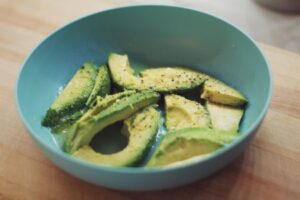 Avocados
Avocados Sourdough Bread
Sourdough Bread Grass-Fed/Finished Beef
Grass-Fed/Finished Beef Full-Fat Cheese from
Full-Fat Cheese from Organic Cauliflower
Organic Cauliflower Organic
Organic  Organic Beans
Organic Beans Organic Chicken
Organic Chicken Organic
Organic  Full-Fat
Full-Fat
 Wild-Caught Tuna
Wild-Caught Tuna Protein
Protein  Cod Liver Oil (Supplement)
Cod Liver Oil (Supplement)

 Rusty Gregory, MS, CSCS
Rusty Gregory, MS, CSCS Basketball injuries are something you have experienced if you have played basketball long enough. The contact nature and ballistic movements of the game lend themselves to an array of potential setbacks. Proper rest, a healthy diet, efficient pre-practice and pre-game warm-up, and strength training, stretching and prehab exercises will go a long way in helping you stay on the court and out of the doctor’s office and trainer’s room.
Basketball injuries are something you have experienced if you have played basketball long enough. The contact nature and ballistic movements of the game lend themselves to an array of potential setbacks. Proper rest, a healthy diet, efficient pre-practice and pre-game warm-up, and strength training, stretching and prehab exercises will go a long way in helping you stay on the court and out of the doctor’s office and trainer’s room. 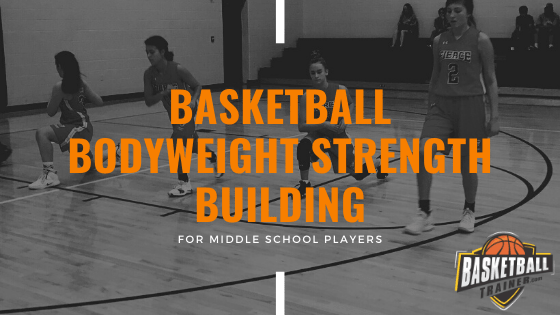
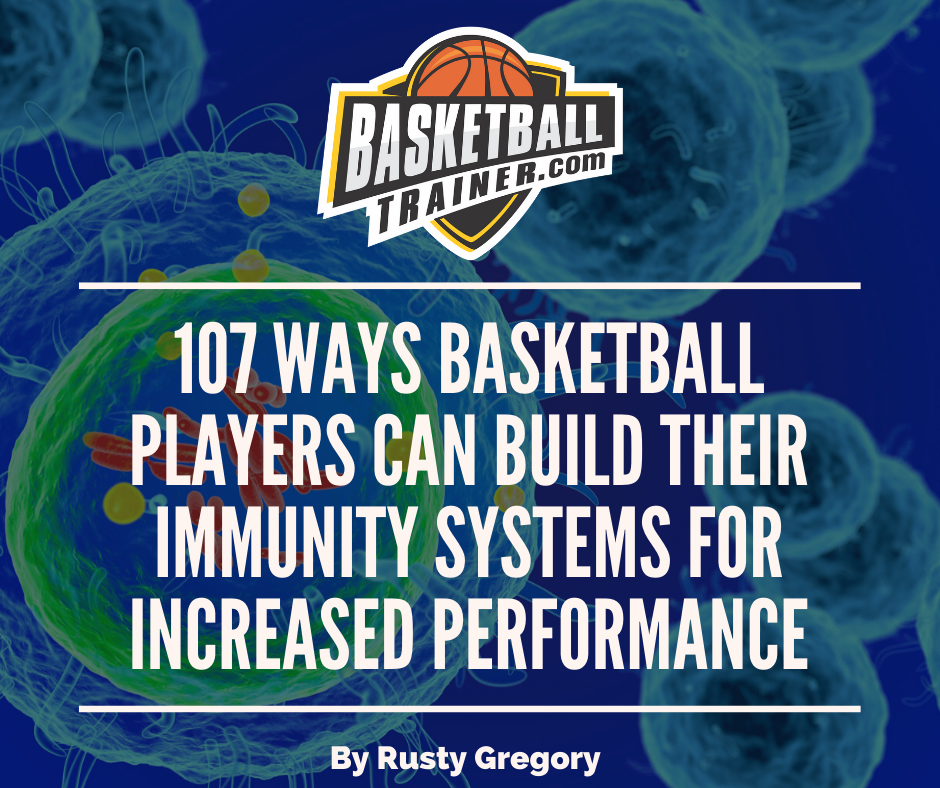
 1. Go to the doctor immediately for diagnosis and treatment if you believe you have been infected!
1. Go to the doctor immediately for diagnosis and treatment if you believe you have been infected! 13. Keep your feet dry and clean!
13. Keep your feet dry and clean!  20.
20. 

 25. Smoking
25. Smoking Score Big
Score Big 



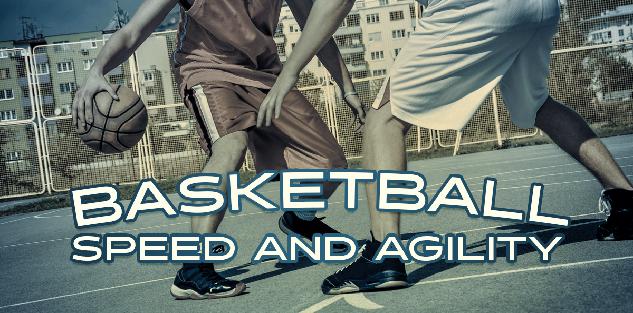
 BT: It seems like football dominates the speed and agility scene and basketball is an afterthought. What are the differences and why is it important to stay basketball focused?
BT: It seems like football dominates the speed and agility scene and basketball is an afterthought. What are the differences and why is it important to stay basketball focused?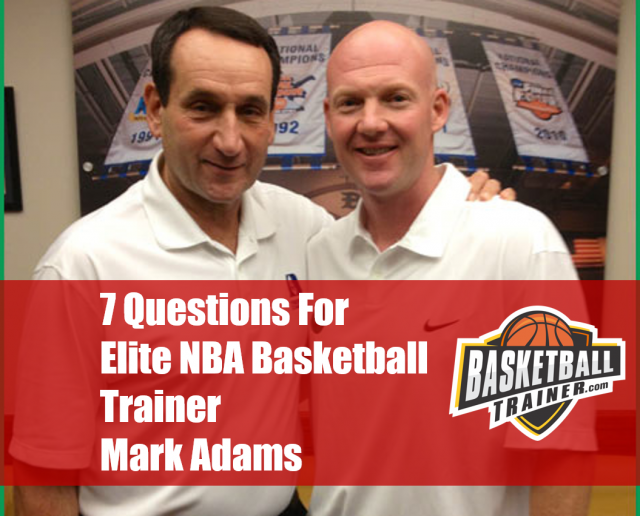




 However, the biggest change is that since San Francisco has so much to offer, there is no type of community feel around a team. Here in
However, the biggest change is that since San Francisco has so much to offer, there is no type of community feel around a team. Here in 
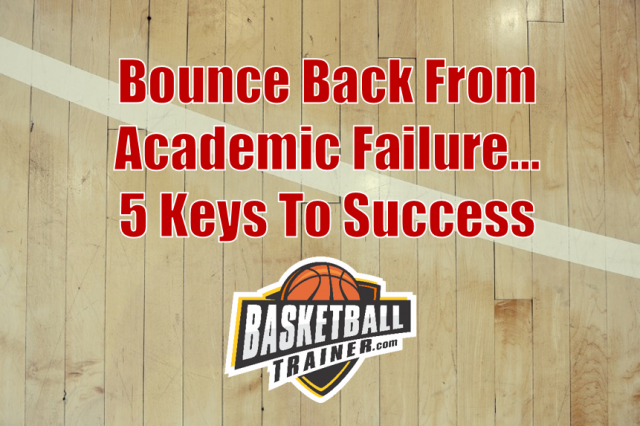 Getting knocked down by avoidable events and poor choices stink, but are an inevitable issue in everyone’s life. We are human, we make mistakes, but life is about perseverance, we have to be able to get up after life knocks us down and don’t give up on our dreams of becoming (in this case) an excellent student athlete and here are some tips to make this process easier.
Getting knocked down by avoidable events and poor choices stink, but are an inevitable issue in everyone’s life. We are human, we make mistakes, but life is about perseverance, we have to be able to get up after life knocks us down and don’t give up on our dreams of becoming (in this case) an excellent student athlete and here are some tips to make this process easier.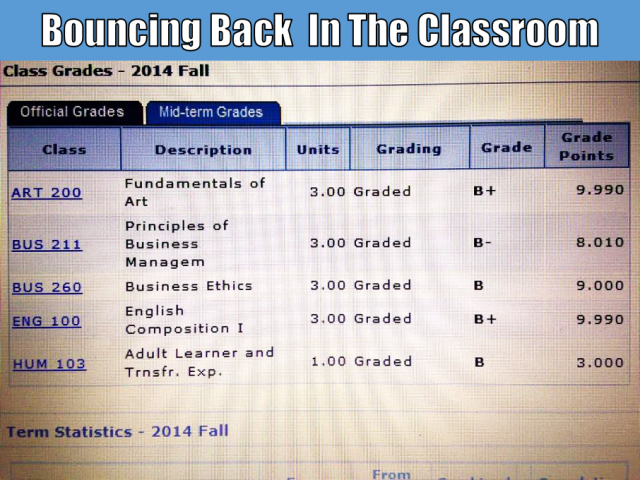


 Gerry Vandegarde is an accomplished athlete in his own right and still plays competitively on the over 70 volleyball circuit. most recently chasing an elusive national championship. Before retirement, Gerry was a Senior Systems Analyst for Wells Fargo and is still a dedicated fan of youth sports… particularly those events involving his grandkids.
Gerry Vandegarde is an accomplished athlete in his own right and still plays competitively on the over 70 volleyball circuit. most recently chasing an elusive national championship. Before retirement, Gerry was a Senior Systems Analyst for Wells Fargo and is still a dedicated fan of youth sports… particularly those events involving his grandkids. 

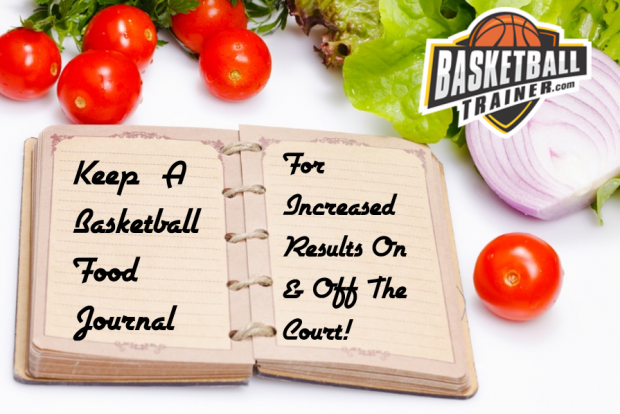


 As you go throughout your day you will notice that you are always talking to yourself. Sometimes what you are saying is positive and sometimes it’s negative. By beginning to pay closer attention to the way you are talking to yourself you can gain a great idea of why you tend be more positive or negative in general. Your
As you go throughout your day you will notice that you are always talking to yourself. Sometimes what you are saying is positive and sometimes it’s negative. By beginning to pay closer attention to the way you are talking to yourself you can gain a great idea of why you tend be more positive or negative in general. Your  Reflecting upon the questions you are asking yourself throughout the day when you face difficult situations takes self-talk a step further. It’s easy to fall into a negative, stress inducing pattern of beating ourselves up with self-defeating questions like, “Why do I always miss my second free throw?” or “Why do I always have to mess up that play?” Instead, ask yourself questions that are going to help you overcome the situation or circumstance like “What do I need to learn from my failed attempts to make it better the next time?” or “How can I adjust my form and visualize my shots going in so that I can improve my free throw percentage?” These are the kinds of questions that are focused on the positive and are going to get you much better results.
Reflecting upon the questions you are asking yourself throughout the day when you face difficult situations takes self-talk a step further. It’s easy to fall into a negative, stress inducing pattern of beating ourselves up with self-defeating questions like, “Why do I always miss my second free throw?” or “Why do I always have to mess up that play?” Instead, ask yourself questions that are going to help you overcome the situation or circumstance like “What do I need to learn from my failed attempts to make it better the next time?” or “How can I adjust my form and visualize my shots going in so that I can improve my free throw percentage?” These are the kinds of questions that are focused on the positive and are going to get you much better results. Positive affirmations are one of the most powerful tools that you can equip yourself with as a competitor to overcome adversity and stress. Affirmations are things that we believe and they become imprinted on our subconscious mind, so regardless of whether you are consciously thinking a positive or negative thought at the time, what your subconscious believes is typically how you will behave when you are faced with stress. For example, if you believe that you are not a
Positive affirmations are one of the most powerful tools that you can equip yourself with as a competitor to overcome adversity and stress. Affirmations are things that we believe and they become imprinted on our subconscious mind, so regardless of whether you are consciously thinking a positive or negative thought at the time, what your subconscious believes is typically how you will behave when you are faced with stress. For example, if you believe that you are not a  Learning to set positive goals is a great way to
Learning to set positive goals is a great way to  While thinking positive thoughts is incredibly powerful, putting energy into positive visualizations can bring success as well. How about picturing yourself hitting the game winning shot before you even take it, or how about seeing yourself shutting down the other teams’ best player? If you can create visualization in your
While thinking positive thoughts is incredibly powerful, putting energy into positive visualizations can bring success as well. How about picturing yourself hitting the game winning shot before you even take it, or how about seeing yourself shutting down the other teams’ best player? If you can create visualization in your  Lightening up for more laughter and humor throughout your day no matter how hectic it may seem may be just what you need to take off that stressful edge. In fact, making time to laugh often is the most powerful stress-buster around. Research and studies are also now showing that laughing has the potential to boost the immune system as well considering that stress levels and immunity do go hand-in-hand.
Lightening up for more laughter and humor throughout your day no matter how hectic it may seem may be just what you need to take off that stressful edge. In fact, making time to laugh often is the most powerful stress-buster around. Research and studies are also now showing that laughing has the potential to boost the immune system as well considering that stress levels and immunity do go hand-in-hand.